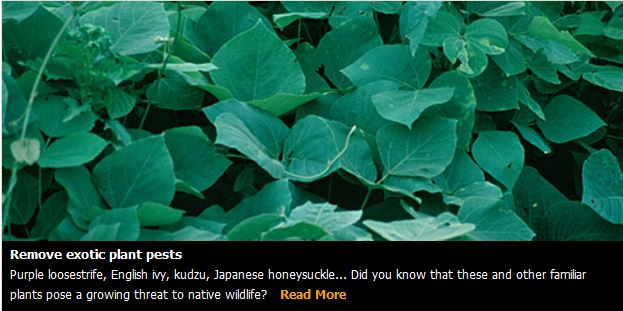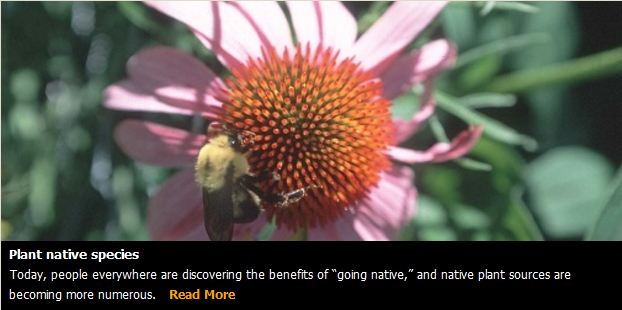| SFAS Program Meetings |
| Active: Oct. - May |
|
Annual Report
|
When: Speaker Series Programs are held Tuesdays evenings at 6:45PM
October thru May
Where: Trinity Episcopal Parish Hall (204 SR 26 downtown Melrose)
|
| Photo Credits |
|---|
|
Photographs displayed on this website are copyrighted and were provided with permission by:
|
| Ann Stodola |
| Dr. Jeff Smith |
| John Sloane |
| Richard Segall |
| Carol Sallette |
| Anne Pierce |
| Ida Little |
| Joyce King |
| Ray Franklin |
| Bill Chitty |
| Sallie Carlock |
| Jan & Bill Bolte |
| Keith Bollum |
| Bob Bird |
|
| Audubon At Home |
Remove Exotic Plants

|
Plant Native

|
| Florida Mouse Project- Etoniah Creek |
Alex Pries, Northeast Region Conservation Biologist for the Florida Fish and Wildlife Conservation Commission (FWC), has been spearheading an effort to develop monitoring protocols for the FLORIDA MOUSE, Podomys floridanus (a FWC species of special concern and listed as vulnerable on the IUCN Red List). The Florida mouse is endemic to Florida, distributed in upland habitats from North-central Florida to south of Orlando, and may still be found on conservation properties with sandy soils and a good prescribed fire history. Florida mice are also associated with gopher tortoise burrows, which they use as refugia. Charlie Pedersen, Florida Forest Service Biologist, offered Etoniah Creek State Forest (ECSF) as a test site to try out the new monitoring protocols.
By happenstance, ECSF is relatively close to a site on the University of Florida’s Ordway-Swisher Biological Station where Dr. Jim Austin, an associate professor in the Department of Wildlife Ecology and Conservation at UF, is studying the conservation genetics of the Florida mouse. In early 2012, Dr. Austin, a batch of University of Florida students, and Santa Fe Audubon Society volunteers, helped trap and count the mice with FWC and Forestry Service personnel. The trapping effort was particularly labor intensive because 120 traps were set over about 50 acres of sandhill. For best results, all traps had to be opened as close to sundown as possible. And, for the mice’s safety, the traps had to be checked and mice released as close to sunrise as possible. The 120 traps were set in three different areas, resulting in dozens of mice captured and released over a 7-day period. They also took DNA samples so Dr. Austin can compare the genetics of mice on ECSF to Florida mice from across its range. Not quite like the country mouse and the city mouse, but pretty much the same. Pedersen noted, “We couldn't have done it without those student and Audubon volunteers.”
|
| For more information about the Florida mouse: |
| University of Florida Institute of Food and Agricultural Sciences |
| Florida Field Naturalist, published by the Florida Ornithological Society |
| Ordway-Swisher Biological Station, administered by the Institute for Food and Agricultural Sciences |
|
| SFAS Current Project: Etoniah Kestrel Boxes |
|
Santa Fe Audubon is in the midst of a project to place more than 20 nesting boxes for the Southeastern
American Kestrel in the Etoniah Creek State Forest. With the cooperation of Scott Crosby, Forestry
Supervisor at Etoniah, and the help of Bob Simons, a recognized authority on Southeastern American
Kestrels, SFAS former board member Bill Chitty and present board member Betty Rosenblatt are chairing
a committee that has already built the boxes. In January 2016 they put the boxes in place and then monitored them through the breeding season, meticulously following the FWC protocol for monitoring and gathering data. A few changes are being made as a result of the initial monitoring. Some new locations and a few boxes on pivoting poles will be added for 2017. ...learn more
|
| SHARE THE BEACH WITH WILDLIFE |
Ah, blue skies, lazy waves sliding up the shore, cool breeze, and birds drifting by on the wind. A relaxing day at the beach. But there’s more to be seen in this scenario.
For many species of birds, the beach and dunes are their only habitat – where they feed, rest, and raise their young. Some birds stay year-round, others pass through on their way to and from the Arctic or South America, some come to stay for the winter. Regardless of their destinations, the beach environment is where they live.
During the late spring and early summer, Least Terns, Black Skimmers, American Oystercatchers, Wilson’s Plovers, and several species of larger terns look for nest sites in the dunes and upper beach. Populations of beach-nesting birds are declining due to significant modification and disturbance of beaches due to human activities.
Many of the nesting sites will be marked for protection during breeding season; please respect the boundaries of the posted areas. Other things you can do to help the birds raise their young:
Keep your distance! Stay away from posted areas.
Never intentionally force birds to fly. They need their energy for nesting and migration.
Keep pets away from nesting areas. Birds perceive pets as predators.
Keep the beach clean and don’t feed wildlife. It attracts predators such as crows and raccoons.
For more information on how you can share the beach, go to MyFWC Article, or www.FLShorebirdAlliance.org
|
| CATS VS. BIRDS (and other wildlife) |
Did you know?
The number of free-roaming cats (both pets and feral) is increasing, currently between 117 million and 157 million in the United States alone. The domestic cat, Felis catus—a nonnative species—is now the most abundant carnivore in North America.
While cat numbers are rising, nearly one-third of more than 800 U.S. bird species are endangered, threatened or in significant decline.
By some estimates, cats in the United States kill more than 1 million birds every day on average. Other studies suggest the death toll is as high as 1 billion per year.
Domestic cats retain their hunting instincts, and even well-fed cats kill wildlife.
Pet cats as well as feral cats transmit rabies, toxoplasmosis, typhus, plague and other viral and parasitic diseases to both wildlife and humans.
It makes sense to keep cats indoors where they are safe and disease-free, and are not contributing to the decline in bird and other wildlife.
To learn more about cat impacts on wildlife, go to www.nwf.org
Trap, Neuter, Release (TNR) doesn’t work for cats or wildlife either. Find out why at www.abcbirds.org/cats.
|
| CYPRESS MULCH – Why Kill a Tree to Grow a Flower? |
Cypress trees are being cut out of Florida’s wetlands faster than the rate cypress can naturally grow. In Florida, 129,000 tons of cypress mulch and 145,000 tons of cypress lumber are produced per year from wetland cypress trees.
Per year, 20.4 million cubic feet of cypress are cut, but the trees' natural replacement growth is only 17.1 million cubic feet; if this keeps up or increases, we will soon run out of cypress trees. The old-growth cypress had a reputation of being rot- and termite-resistant, but all the old-growth cypress remaining is saved in preserves.
Current commercial cypress mulch comes from young trees, so the mulch does not have the benefits that made cypress mulch popular decades ago when it came from old trees. Today’s mulch alternatives perform as well as cypress in your landscape.
Cypress trees are essential components of Florida's wetlands, and wetlands are vital ecosystems that directly or indirectly benefit all life in this state, including human life. Cypress forests are prime habitat for many species of wildlife.
Ask your nursery or garden store for good plant-based mulch choices such as melaleuca, eucalyptus, pine bark or pine needles.
For more information, go to http://pasco.ifas.ufl.edu/gardening/mulches.shtml
|
|
|